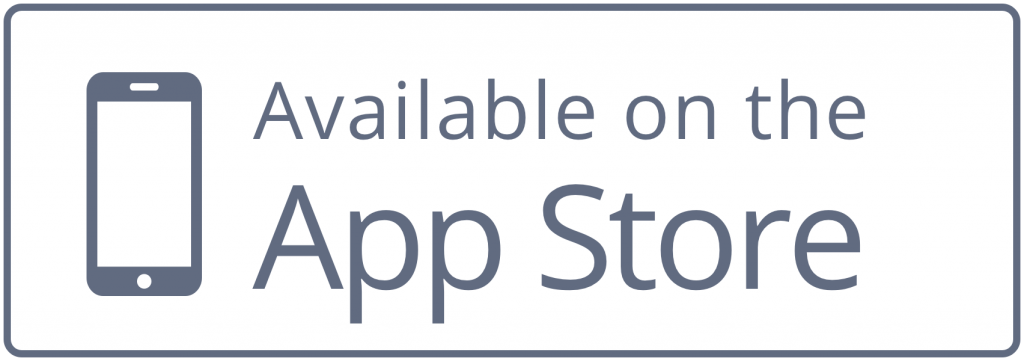The 6 rights of medication administration are probably one of the most important guidelines you need to remember as a nurse. While they can be tricky to remember, recalling all six rights will help you administer medication properly and avoid critical errors to keep your nursing patients safe.
6 Rights of Medication Administration for Nursing Students
The six “R’s” of medication administration are a systematic approach to providing your patient the life-saving medications they need while maintaining their safety, privacy, and efficacy of the medicine. These six considerations reduce risk to the patient while protecting the nurse and the hospital. In addition, it’s vital the nursing staff perform three additional checks including checking the MAR, checking while drawing up medication, and checking again at the patient’s bedside.
Right #1: Patient
First, verify your patient’s identity. Double-checking the patient’s first and last name on their chart, their name and medical record number on their identification band, and even asking a patient to identify themselves is imperative for administering medication.
Some facilities have different protocols, but to be safe, implementing these three checks will ensure you’ve got the right patient. Let’s not stop there though.
Right #2: Medication
Now that you’ve identified your patient, it’s time to identify if you’ve got the right medication. Moving forward with drug administration without proper verification is extremely dangerous. Even though a pharmacist may process the medication beforehand, you are an additional person present to ensure patient safety.
Please read the medication label carefully and diligently. You need to verify the type of medication, strength, and concentration. If the medication doesn’t look right, be vigilant and talk to the pharmacy at your facility. If you’re preparing the medication yourself, make sure you’re familiar with it. And by absolutely no means administer a medication you’re not familiar with.
Right #3: Dose
Next, you’ll need to verify the drug dosage with the patient’s medication administration record (MAR). Medications come in different strengths, and every patient will vary in the kind of dosage they need. An overdose can prove fatal to a patient, which is a medical mistake no one wants to make.
You may have to modify dosing for age, weight, or other variables like blood glucose. Our first step will help you have the patient’s information handy. Although, for the proper, but complex dosages of medications like Insulin, Heparin, and Chemotherapeutic agents, you’ll need a second nurse to sign off.
Right #4: Time
Do you remember the time of the patient’s last dosage? If not, you need to check the MAR. Some medications should be administered at the same time every day, and others only need to be taken with or after a meal. Read the medication’s label to see if that’s the case.
Still, you should never administer missed or additional doses and always be familiar with the drug’s abbreviations–just in case.
Right #5: Route
It’s your responsibility to properly route your patient’s medications. Drugs can be administered differently, but don’t simply rely on your memory for picking the right path. The different methods of drug delivery can alter their effects, so you’ll want to be very careful. Check the patient’s chart to see how the medication should be administered.
Right #6: Documentation
The first five rights of medication are important but don’t forget the sixth—and possibly most important right. Remember to document everything throughout this process.
Documentation is important for every task you perform as a nurse. You need to record the drug administration and the patient’s reactions after. If the patient’s not responding well or at all to a medication, the effects need to be documented for future reference. Your patient could be allergic or even need a different medication altogether. But who knows? That’s what the documentation is there to help you figure out.
Recall Safe Drug Administration
Dive into medication administration with Picmonic. Picmonic will turn facts into picture mnemonics for studying and is a great tool for nursing school prep to help you master everything you need to know.
Two helpful nursing mnemonic acronyms for drug administration are:
Patients Do Drugs Round The Day (PDDRTD)
- Patient
- Drug
- Dosage
- Route
- Time
- Documentation
TIMED
- Drug
- Route
- Time
- Individual
- Medication
- Effect (or expiration date)
- Dosage
For more memorable mnemonics to help you keep your patients safe, check out our Mnemonics for Nursing Students.
Download our mobile app and take Picmonic on the go!















